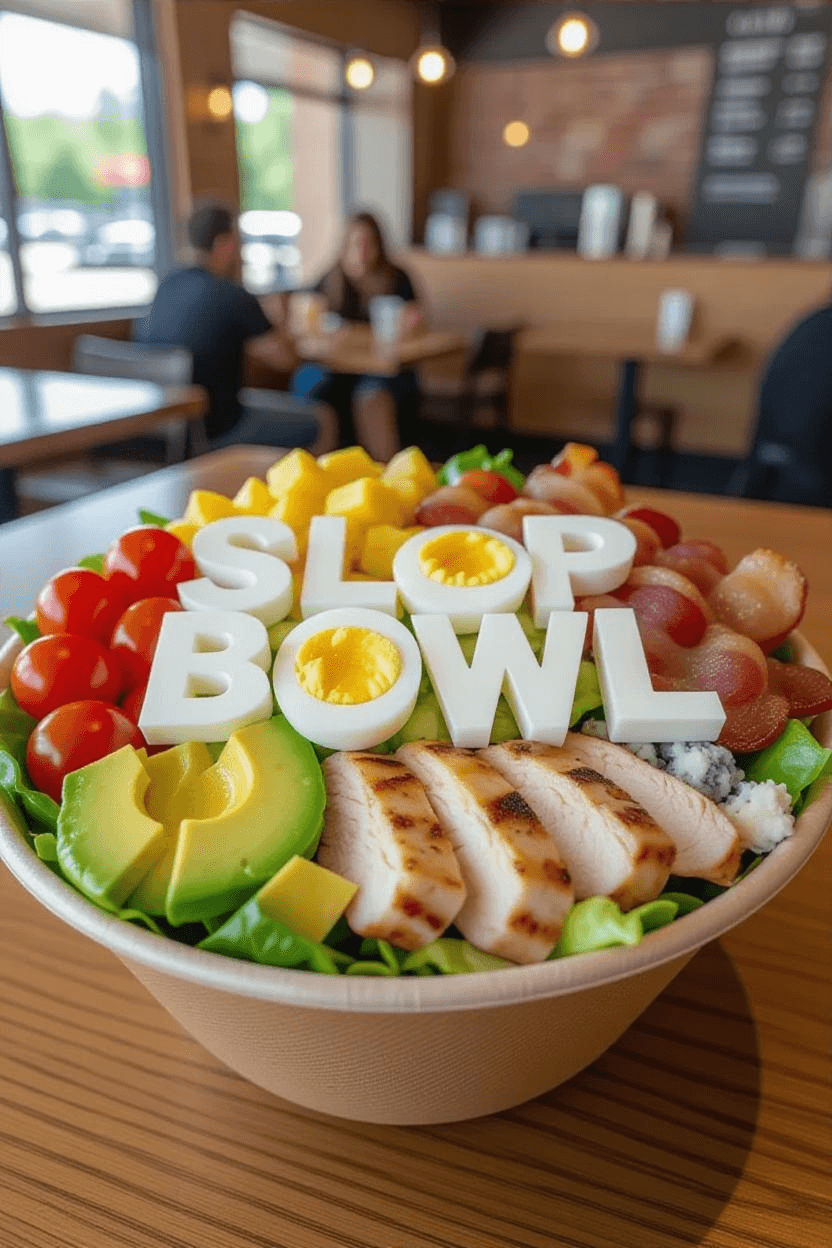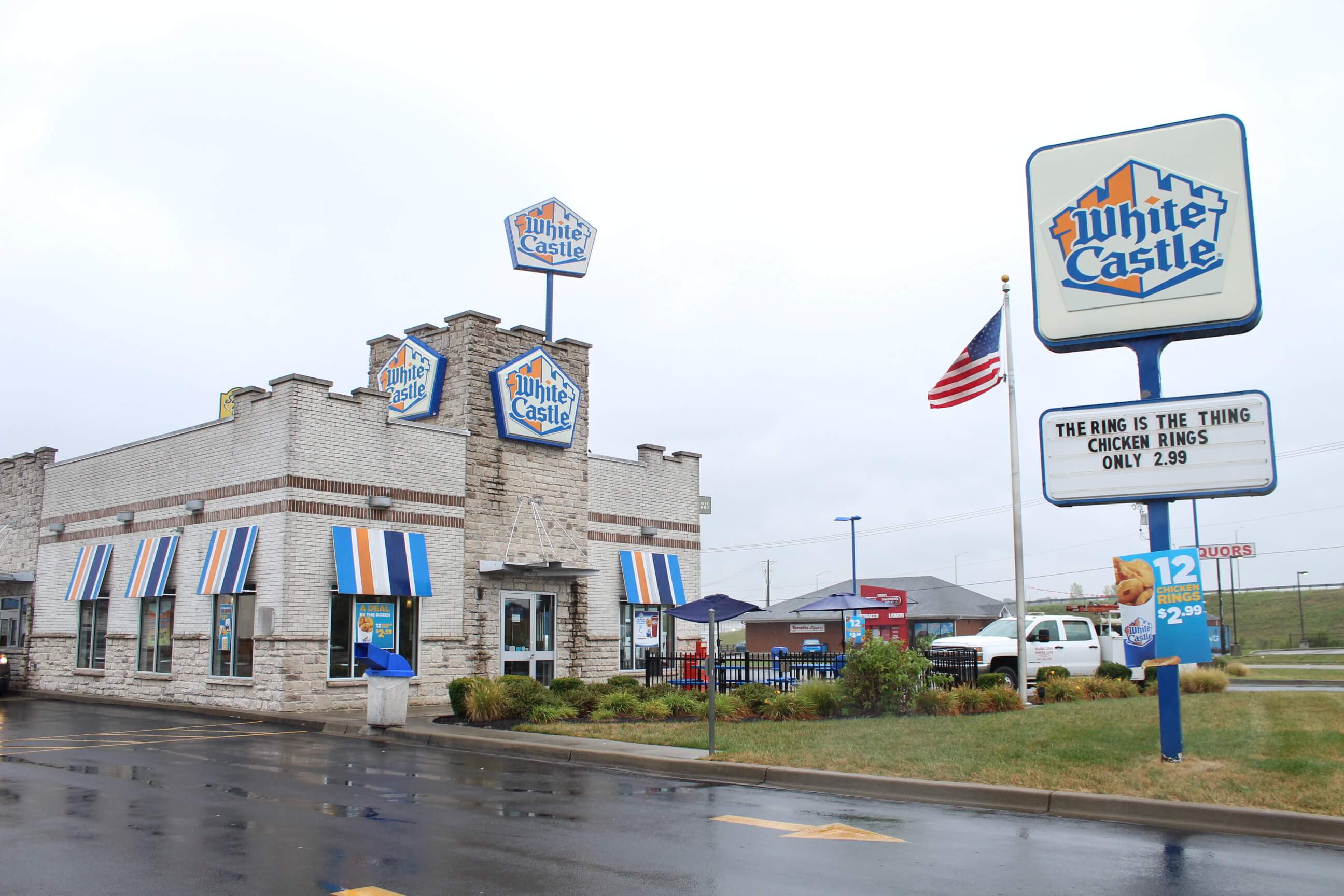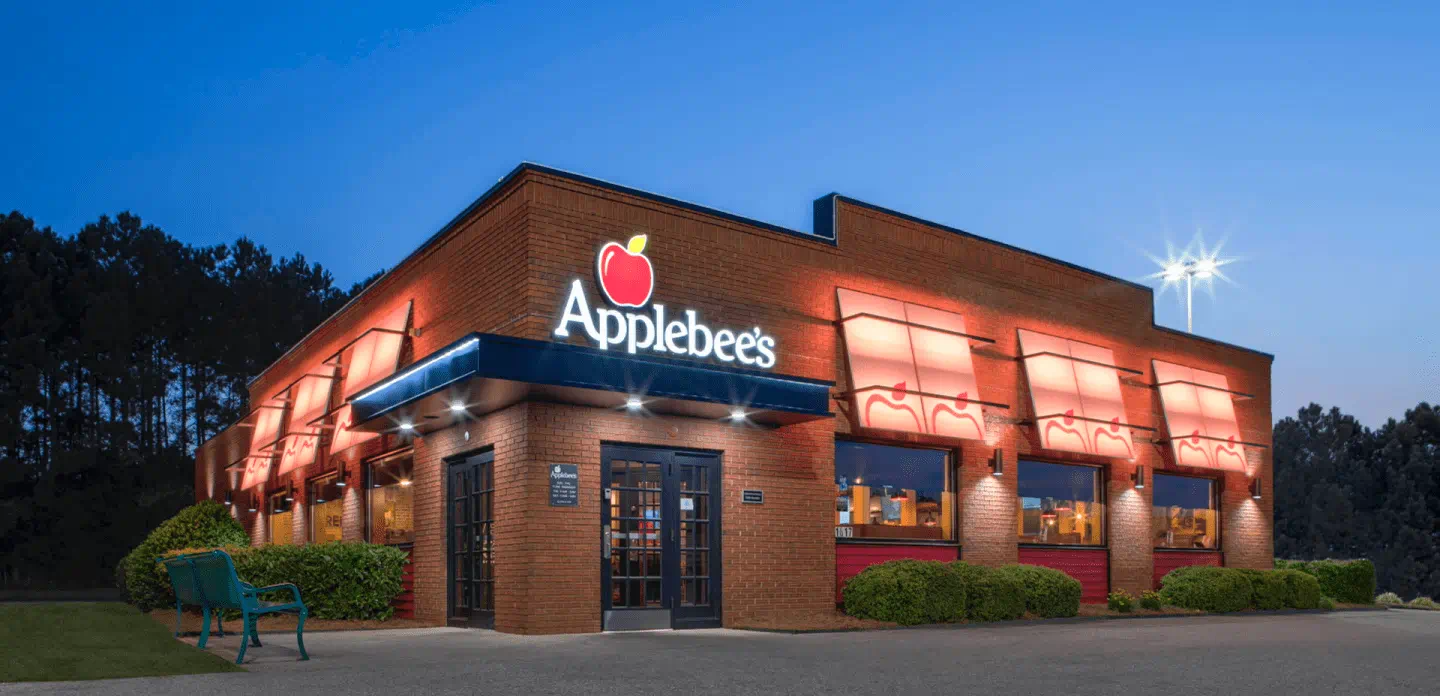Making the "Slop Bowl" Work: How Chipotle, Cava, Just Salad Make Made-to-Order Food Work
How tech powers the “slop bowl” craze: Inside the fast-casual rise of custom bowls, digital makelines, and the connected kitchens making it all work.

“Slop bowl” is the less-than-flattering term for a now-popular meal. You can find these bowls at fast-casual, quick-service restaurants like Chipotle, Cava, Naya, Sweetgreen, and Just Salad, which serve up fast, customizable meals one scoop at a time.
The “slop bowl” gets its name from the unidentifiable mixture that is created when customers combine any number of bite-sized proteins, grains, chopped veggies, and sauces into a bowl. Though the result looks something like what a farmer serves his livestock, loyal nine-to-fivers line up, sometimes multiple times a week, for these convenient meals.
The phrase uses the same “slop” terminology given to AI-generated imagery and writing, now pervasive on social media. The New York Times even covered the phrase in May 2025 (they define the slop bowl as a “nebulous mash of ingredients served up at fast-casual restaurants”).

Behind the nickname is a proven business model for [[quick-service restaurants]] (QSRs), one reminiscent of Subway’s customer-directed assembly line. The way the model works is that the restaurant matches an employee (for Subway, the “sandwich artist”) with a customer. The customer tells the employee what ingredients they want in their sandwich as they move down the line. By the end, the sandwich is custom-made fresh, exactly how the customer wants.
Subway is one of the largest QSRs on the planet, proof of the model’s success. No surprise that many sandwich and sub shops followed Subway’s lead, and restaurants like Chipotle extended the approach to Mexican-inspired burritos. Decades after Subway’s founding, the customer-directed assembly line approach to meal preparation is commonplace with QSRs.
The slop bowl is a natural extension of the assembly line sandwich model. Skip the bread, and use a bowl. Give the customers exactly what they want. Before long, assembly line restaurant concepts popped up for more and more genres. As the market for carb-conscious, healthy food grew, so did the slop bowl concept.
Some critics dismiss the idea as uninspired. Others defend it as a practical option that fills a need. Regardless, assembly-line QSRs must deliver the meal variations customers want while maintaining the consistency and convenience that’s table stakes for fast-food restaurants.
And that’s where technology comes in.
.png)
Restaurant Assembly Line: POS and Kitchen Display Systems
Today, assembly line restaurant customers place their orders in person or online. In both cases, ingredients are prepped ahead of time. But how the order is placed determines when and how it’s tracked in the system and, in some cases, even how the order is made.
Online orders
When a customer orders online or through an app, the order hits the kitchen display screen immediately, and employees start preparing the order. As this happens, the point-of-sale (POS) system logs which ingredients will be used and triggers alerts if certain items, like chicken or steak, are running low. It’s this real-time visibility that keeps prep and inventory in sync before the customer even arrives.
In-person orders
But orders placed in person at the restaurant follow a different rhythm. Customers select ingredients as they move down the line, and staff prepare each meal on the spot. Only once the meal is finished is it entered into the POS system, which means ingredients are logged after they’ve been used, making it harder to predict demand and coordinate restocks.
The result is two overlapping, often conflicting workflows. One is driven by data, the other by the rhythm of order completion. Balancing these two workflows is difficult. For example, a surge in in-person orders could deplete ingredients too fast for online orders. Addressing these kind of ongoing challenges requires integrated technology, from supply logistics to in-restaurant kitchen technology.
To keep both workflows running in sync, brands turn to better integrations and automation technology. For example, Sweetgreen’s Infinite Kitchen functions like a robotic makeline, automatically assembling salads based on POS data while staff add finishing touches. Or take Cava’s system, which monitors ingredient usage and freshness, ensuring stations never run dry mid-service.
Any downtime or lag in connecting these systems can be problematic. For example, an employee recently shared on Reddit how their Odoo restaurant management software can fail to sync from the tablet to kitchen screens. Employees must reload the kitchen screens for the orders to appear, which leads to wasted time and even missed orders:

Mobile Ordering and Loyalty Apps
Mobile apps are now a core part of how customers interact with assembly-line QSRs. They let people skip the line, customize their meals, and collect rewards that keep them coming back.
Mobile ordering depends on successful integrations. If an app order doesn’t flow into the kitchen’s workflow quickly enough, a customer may arrive demanding food that’s not yet been prepared. Faulty integrations can lead to frustrating delays, the kind mentioned in online reviews and Reddit threads (with meals sitting in the queue because the system never triggered production).
These gaps happen when digital orders and in-store systems get out-of-sync for whatever reason. Or even if they are in-sync, restaurants can get in trouble quick simply because an order printing machine runs out of paper and no one notices.
On the other hand, for brands that get it right, effective integration turns mobile ordering into an advantage. Data from order volume and kitchen technology helps teams anticipate demand and personalize the customer experience.
For example, Just Salad’s Salad AI uses order data to tailor meal suggestions based on nutrition goals and past choices. Or take CHOPT’s digital-first stores, which use [[kiosks]] and app-based pickup displays to organize traffic and reduce counter congestion.
These tools deliver consistency for customers while giving staff a workflow that keeps pace with demand.
The Rise of the Digital Makeline
To meet the growing demand for online and mobile orders and avoid in-person versus online workflow conflicts, many assembly-line QSRs now run a second production line dedicated entirely to digital tickets.
Chipotle pioneered this concept with their [[digital makeline]]. The digital makeline (or DML) allows staff to fulfill app and delivery orders without interrupting the flow of in-person service. The DML offers a separate assembly line dedicated to mobile and delivery orders while in-restaurant guests move through the main line. The approach has become an industry model, giving restaurants a way to double throughput without overcrowding the kitchen. Some menu items, such as Chipotle’s quesadilla, are even exclusive to the digital makeline to streamline operations.
Customers have noticed that when digital makelines aren’t in use too. Because without a dedicated setup for mobile orders, in-person lines back up as staff balance both streams from one line. This experience is doubly damaging: Employees rush to fulfill online orders while in-person customers glare at them waiting; and customers must watch as an order is prepared for someone who isn’t even in the restaurant yet.
Cava is testing similar systems to the DML with automation from Hyphen, whose technology helps assemble online orders quickly and consistently. “Anything we can do to enhance the human experience, not replace it, is something we’re focused on,” said Cava CFO Tricia Tolivar.
Running two parallel lines requires tight coordination between the POS, KDS, and order management systems. When those systems communicate effectively, digital and in-person orders move in sync and throughput increases. When they don’t, the entire rhythm of service falters.
Get Fast-Food Friction
Access the 2025 Restaurant Tech Report instantly to find out what quick-service restaurant goers want (and where brands fall short).

Get Fast-Food Friction
Access the 2025 Restaurant Tech Report instantly to find out what quick-service restaurant goers want (and where brands fall short).

Get Fast-Food Friction
Access the 2025 Restaurant Tech Report instantly to find out what quick-service restaurant goers want (and where brands fall short).
Smarter Menu Boards
Even small disconnects in a restaurant’s digital ecosystem can create friction. Outdated menus, missing items, or inaccurate pricing slow down service and erode trust. That’s why more QSRs are linking their menu boards directly to inventory and POS systems, keeping pricing and offerings current.
To keep menu content accurate and consistent, Chopt uses a cloud-based solution from TelemetryTV that updates instantly across locations. Sweetgreen takes a similar approach with dynamic digital signage that refreshes menus daily.
By keeping information accurate and up to date, digital menu boards make every order easier for both customers and staff.
Food Inventory, Analytics, and Monitoring
In the kitchen, assembly-line QSRs are applying the same connected approach to managing inventory and maintaining food safety. These systems give teams clearer insight into ingredient use, helping them reduce waste and plan more accurately for demand.
That visibility is already shaping how some brands are making their kitchens smarter and more responsive. For example:
- DIG uses IoT sensors to monitor refrigeration and ensure food stays fresh.
- Cava employs AI-enabled vision systems to track ingredient levels and trigger restocks automatically.
- Just Salad takes that one step further, using data from its AI ordering engine to adjust menu options and tailor recommendations for returning guests.
Together, these connected technologies form the foundation of a more efficient kitchen. They give teams the visibility to keep ingredients stocked, stations ready, and operations running smoothly, no matter how busy the line gets.
Behind the Bowl
Assembly-line QSRs succeed because they give customers a meal made their way and on their schedule. “Slop bowl” sounds simple, but meeting that expectation depends entirely on deeply connected technology that ensures ingredients, orders, prep stations, and data all have to move in harmony.
The setup isn’t so different from car manufacturing, where one missing part can halt production. In the same way, when a single piece of a connected restaurant system fails, the line slows and the customer experience suffers.
POS integrations, ordering apps, makelines, and AI forecasting work together to keep operations smooth and ensure every order meets customer expectations. It’s proof that even something called a “slop bowl” can run on precision.
Finally, enjoy some slop bowl humor, compliments of Good Work:



.jpeg)

